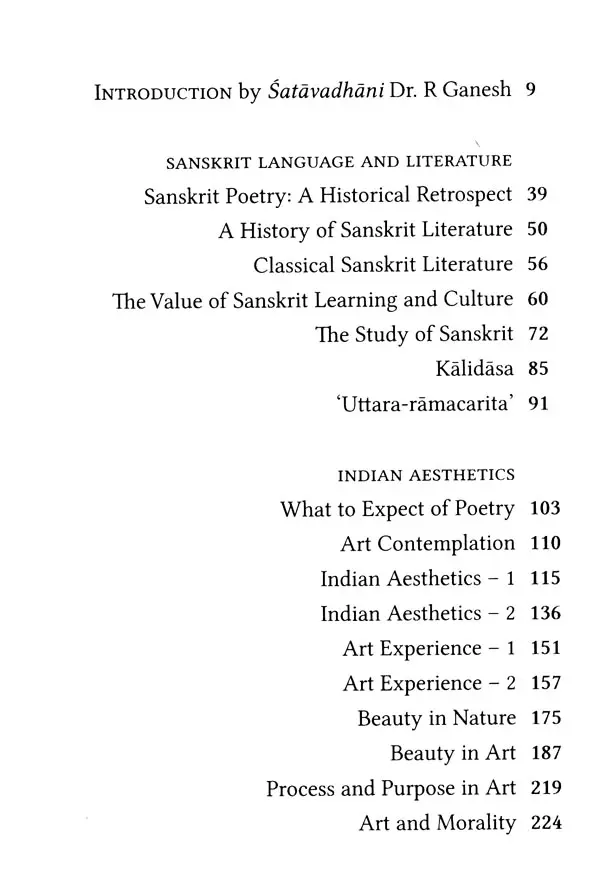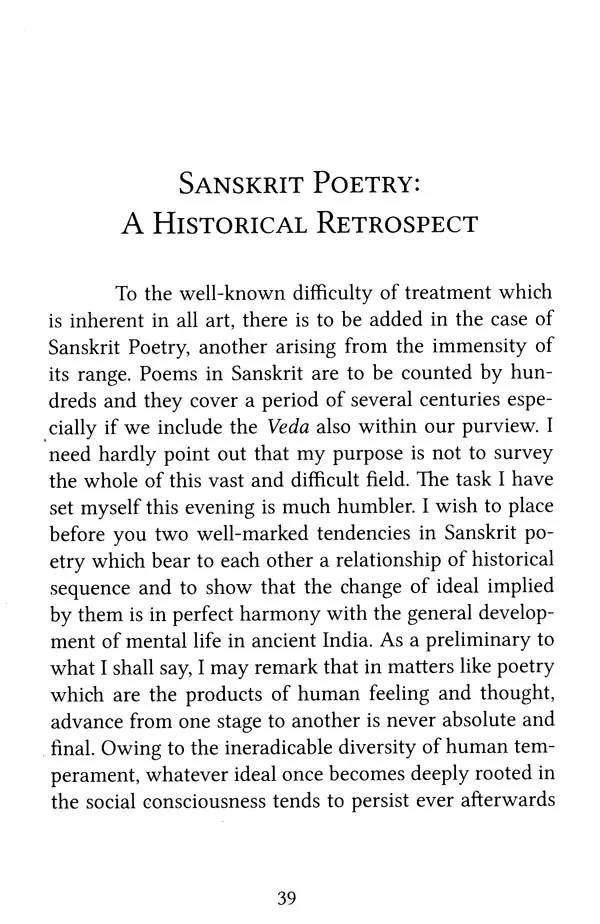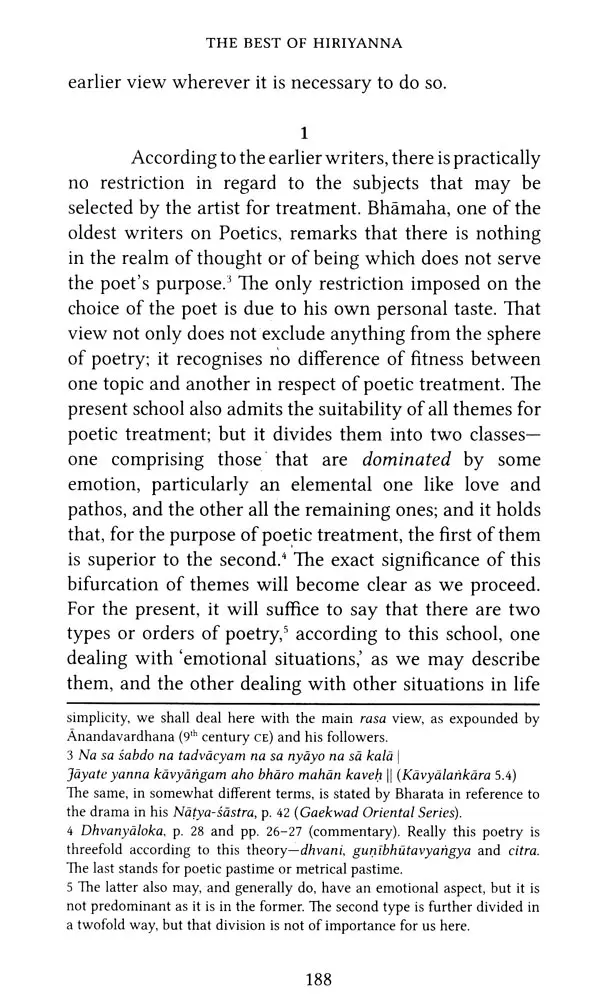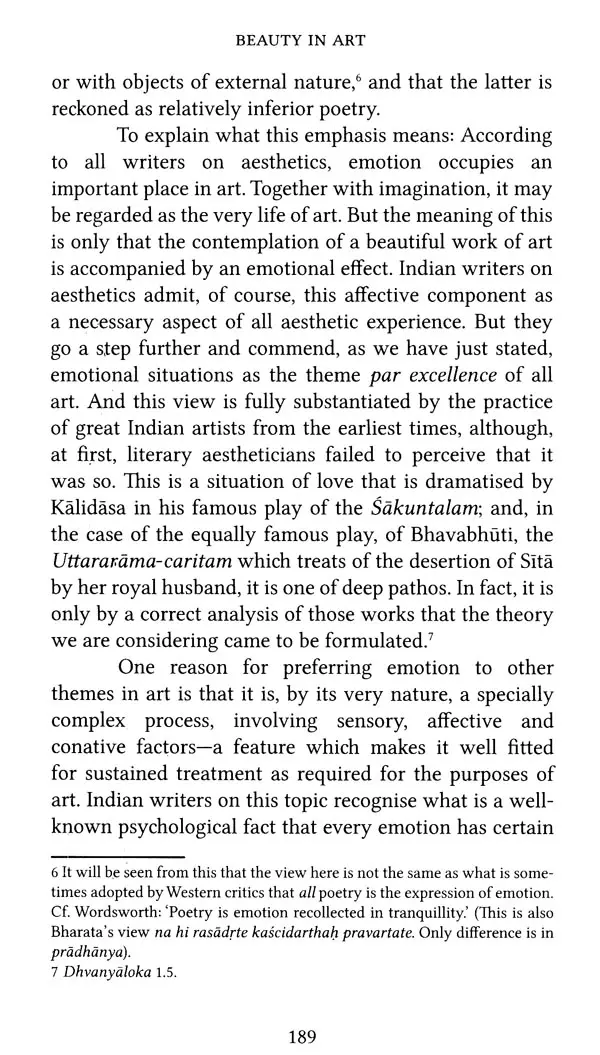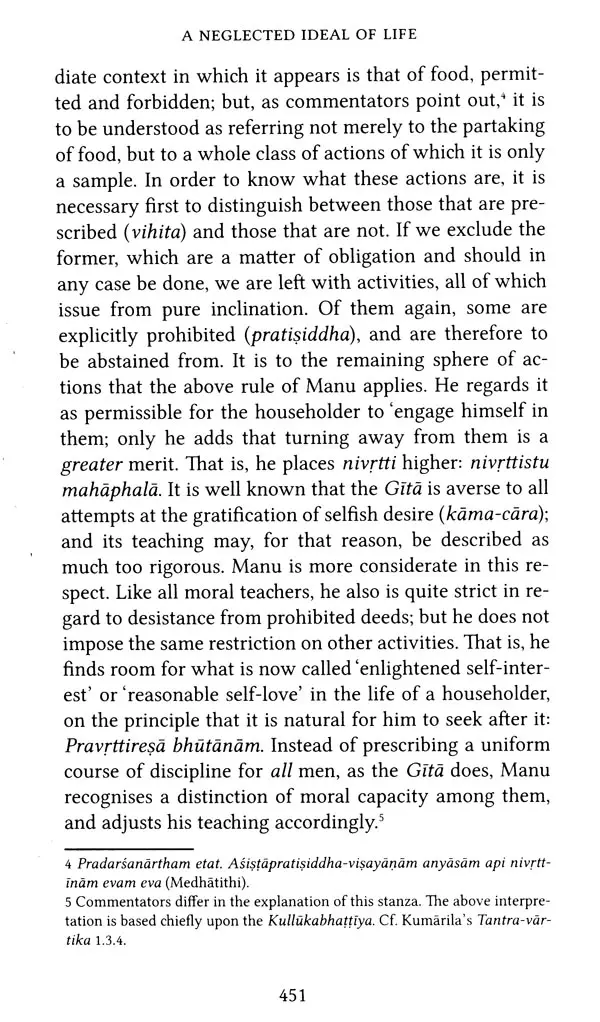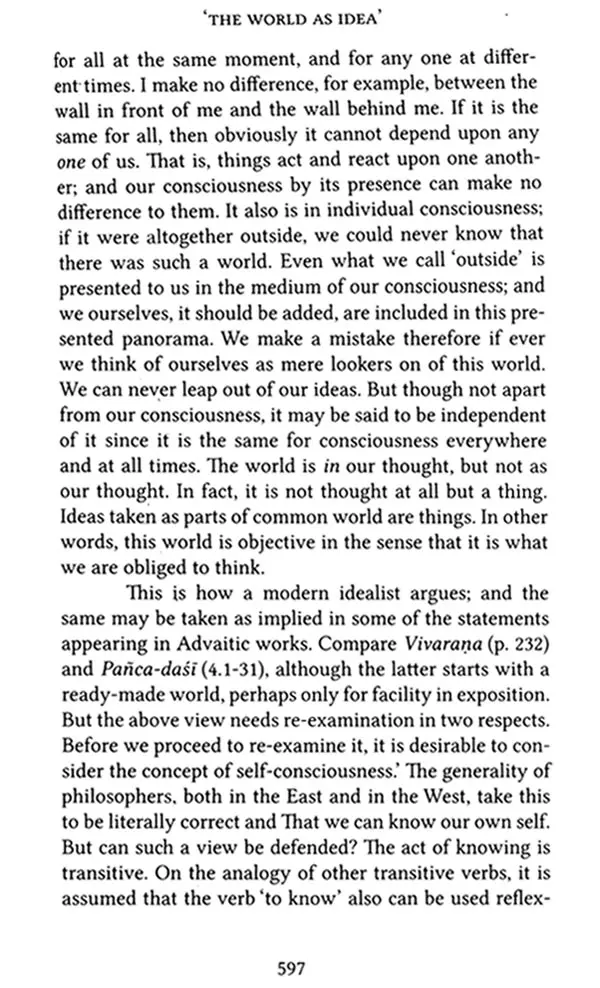
The Best of Hiriyanna- A Selection of Papers By M. Hiriyanna on Sanskrit Language and Literature, Indian Aesthetics and Indian Philosophy
Book Specification
| Item Code: | UAJ017 |
| Author: | M. Hiriyanna |
| Publisher: | W.I.S.E Words & Prekshaa Pratishtana, Bangalore |
| Language: | English |
| Edition: | 2018 |
| ISBN: | 9788193274231 |
| Pages: | 602 |
| Cover: | HARDCOVER |
| Other Details | 9.00 X 6.00 inch |
| Weight | 790 gm |
Book Description
A long list of orient lists/ideologists studied the traditional works of India, the foremost perhaps being William Jones (1746-94). A merely illustrative list will include the following names: August Wilhelm Schlegel (1767-1845), Franz Bopp (1791-1867), Rudolf von Roth (1821-93), Friedrich Max Muller (1823-1900), Albrecht Weber (1825-1901), Alfred Ludwig (1832-1912), Richard Pischel (1849-1908), Heinrich Luders (1869-1943) (GERMANY); Horace Hayman Wilson (1786-1860), Monier Monier-Williams (1819-99), Arthur Anthony Mac- donell (1854-1930), Arthur Berried ale Keith (1879-1944) (EN- GLAND); Johann Georg Buhler (1837-98) and Erich Frauwallner (1898-1974) (AUSTRIA); Emile-Louis Burnout (1821-1907) and Sylvain Levi (1863-1935) (FRANCE); Sergey Fyodorovich Old- henburg (1863-1934) and Otto Karl Julius Rosenberg (1888-1919) . (RUSSIA); and William Dwight Whitney (1827-94) and Arthur William Ryder (1877-1938) (USA).
Similarly, there were Indian thinkers and pandits who had both traditional training in the sastras as well as formal English education. These included scholars like Ramakrishna Gopal Bhandarkar (1837-1925), Bal Gangadhar Tilak (1856- 1920), M. Hiriyanna (1871-1950), Ganganatha Jha (1872-1941), Bidhusekhar Bhattacharya (1879-1958), Pandurang Vaman Kane (1880-1972), S Kuppuswami Sastri (1880-1943), Vishnu Sitaram Sukthankar (1887-1943), Gopinath Kaviraj (1887-1976), Surendranath Dasgupta (1887-1952), and Sushil Kumar De (1890-1968).
Several traditional scholars of repute did not come in contact with Western education; eminent ones include Kunigal Ramasastri, Sivakumarasastri, Damodarasastri, Bellankonda Ramaraya Kavi, Gangadharasastri, Hanagal Virupaksasastri, Vaidyanathasastri, Anantakrsnasastri, Laksmipuram Srinivasacarya, Kailasacandra, Ramakrsnasastn, and Vasudevasastri Abhyankar, Quite a few of the Western orient lists/ideologists learnt Sanskrit and read the texts in the original, but they singularly lacked the feel, for they couldn't grasp the essence of Hinduism. They were no match to the traditional scholars in grasping the spirit of Hindu thought. The traditional Indian scholars lacked the robustness of research methodology and academic rigor. They couldn't match the Western scholars in descriptive research.'
Prof. M Hiriyanna was among the first generation of scholars who overcame both these deficiencies and could 1 Hiriyanna recognized early on this shortcoming of the traditional scholars. In an essay titled The Value of Sanskrit Learning and Culture, he wrote, "By the application of what is known as the comparative method of study of Sanskrit language and literature, modern scholarship has brought to light many valuable facts about them. It will be a serious deficiency if the Pandit passes through his career as a student altogether oblivious of this new knowledge ... The excellences of the old Pandit such for example, as the depth and the definiteness of his knowledge, the clearness of his thinking and the exactness of his expression, were many. But there was a lack of historical perspective in what he knew; and he was apt to take for granted that opinions, put forward as siddhantas in Sanskrit works, had all along been in precisely the same form. We may grant that there are some fundamental tenths which never grow old; but as regards knowledge in general, change is the rule ... Two or three decades ago, our Pandits confined their attention only to the subject in which they specialized, and even there to a few chosen books related to it... But thoroughness is no antidote against the narrowness of mental outlook which such a limited course of study was bound to engender."
Book's Contents and Sample Pages

